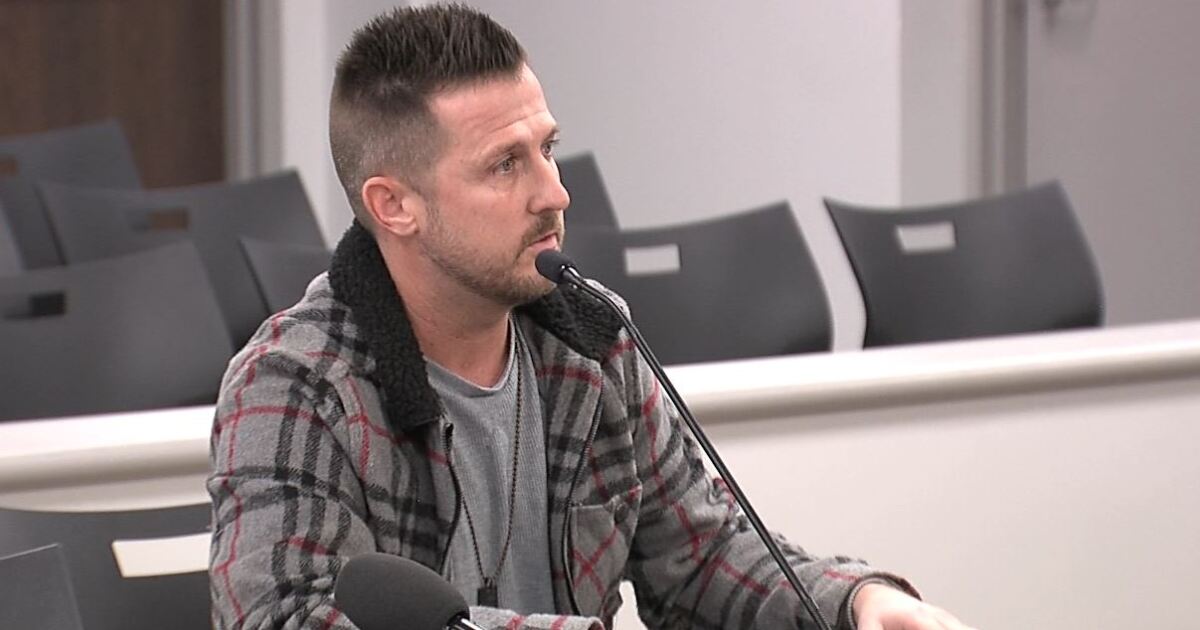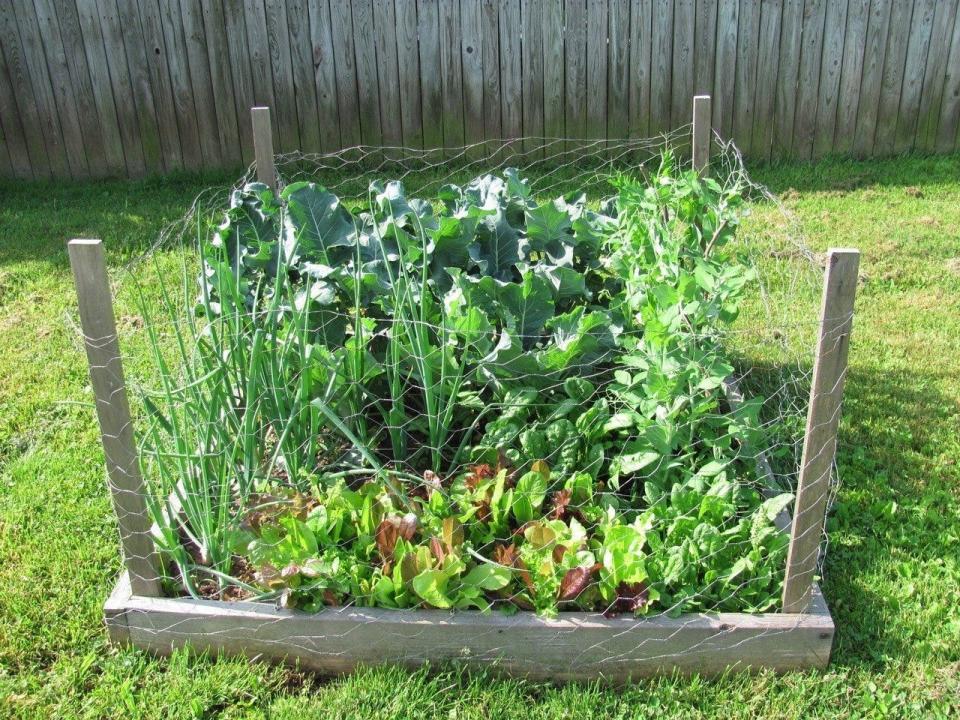With Labor Day upon us, it’s time to start looking ahead to fall, for better or worse. I say this because some people don’t want summer to end. In their minds, summer is when all the good times happen, and when summer’s over, so are the good times. They think once September hits, winter is just a few weeks away.
There are others, yours truly included, that are relieved when September arrives. For us, fall is a second version of spring. We do not like the hot, humid days of summer, when the oppressive weather can make outdoor activities challenging. A couple of weeks ago, there were days when I would sweat as much when simply watering flowers as I would if I had been mowing the grass. To me, that doesn’t feel right.
These challenging days start to fade away in September. September is still a warm month, and it’s also one of the drier months of the year. However, once it gets here we feel like we’ve made it around the corner. We know that soon the heat and humidity will be gone.
‘Fall is for planting’
People in the nursery business like to promote that “fall is for planting.” This sounds like a cheap slogan because most people do not understand what it means. What it is saying is that fall is the best season for planting from a horticultural perspective. This refers to trees and shrubs.
Spring is the most popular season for planting, but it is not the best time. Fall is, and here’s why. Plants need warm soil to develop new roots, but in the spring roots do not grow fast because the soil is cold and takes a while to warm up. Plants planted in the spring do not have enough time to fully establish themselves into the soil before the hot summer months.
As we get into the summer, plants planted in the spring need attention. You need to make sure you have a set routine for watering and maintaining these new additions to the landscape. This is not a problem for many of you, but for others, once summer arrives the focus leaves the garden.
If you like to add plants to your landscape but want to do so with minimal maintenance, the fall planting season is for you.
In the fall, the weather pattern is the opposite of what we have in the spring. In the spring, we start with cold soil while the days are continually getting warmer. In the fall, we start with warm soil and day temperatures that continually getting cooler.
When you plant in the warm soil of fall, plants quickly establish new roots and there is a lot less stress on the plants with the cooler days. You also do not have to water as much.
The most difficult time to grow and maintain new plants is in the summer months. When you plant in the spring, you are only a few weeks ahead of the heat and humidity of summer. When you plant in the fall, you have two seasons for the plants to become established ahead of summer. These two seasons are the current fall and the following spring.
This is important because the top parts of plants will not grow until their new root system is established. When you plant in the fall, the plants are ready to grow in the spring since their roots are established, and they will require minimal maintenance in their first summer.
The fall season is also a long period of time. You can plant through November and into December. Later in the season you will still get all the benefits of fall planting, as the soil stays warm enough for roots to develop for a long time.
This article originally appeared on Cincinnati Enquirer: Here’s why fall is the best time to plant darn near anything








